Are you looking for ways to get insights from your customers? Customer research is a great way to learn about your customers’ needs, wants, and preferences. But what are the best methods for conducting customer research?
In this blog, we will discuss what customer research is, why it is essential, the types of customer research, how to create a customer research process, and the different methods used to conduct customer research. So, whether you’re just starting or you’ve been in the game for a while, there’s something here for you. Keep reading to learn more!
What is customer research?
“Whoever understands the customer best wins.” Customer research is a vital tool that helps businesses understand their customers’ needs and wants. It can be used to discover customer preferences, track customer satisfaction levels, fine-tune marketing strategies, and more. Customer research also helps organizations uncover new insights which can dramatically improve customer experience.
Companies that conduct customer research have access to valuable market information and are likely to see improved customer engagement, loyalty, and positive effect on brand awareness. Customer research is essential in helping companies connect with their customer base, make well-informed decisions, and ultimately create long-term customer relationships.
Why is customer research important?
Customer research is a critical component of any business, large or small. It allows companies to understand the preferences and values of their customers and use the insights from that research to adjust their business strategy and offerings accordingly. Learning about your customer helps to target promotions and products more effectively and gives an edge over the competition.
Understanding customer needs also allows companies to become more agile, adjust quickly as needed, and have an intimate understanding of their customers so that they can keep them loyal for as long as possible. In short, customer research is essential to having success in today’s market.
Types of customer research
Different types of customer research can provide invaluable insights for businesses. Here are the two main types of customer research to help understand your customers better:
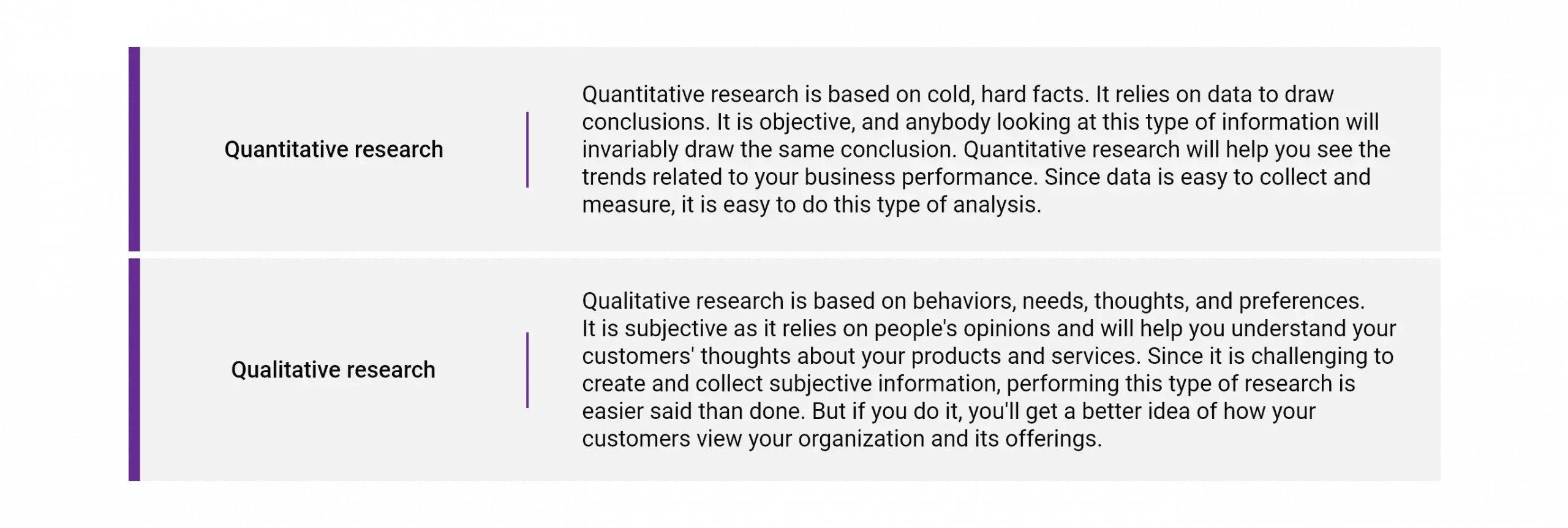
Customer research process

Customer research can be time-consuming and complex, but it’s ultimately worth it. Before beginning any research, you must first develop the objectives and define the goals for the process. Then it is essential to formulate a plan. You can choose any one of the multiple customer research methods. Now it is time to conduct the research.
The customer research process does not end with collecting information. The main job is analyzing your collected data, deriving actionable insights, and making changes to your product, service, and marketing tactics. Knowing what makes your customers tick helps create content and products they want. Although a deep dive into understanding customers can provide many benefits, good customer research isn’t overnight work and requires effort upfront before reaping any rewards.
Customer research methods
There are a variety of methods to conduct customer research. Here are some of the most popular and effective ones:
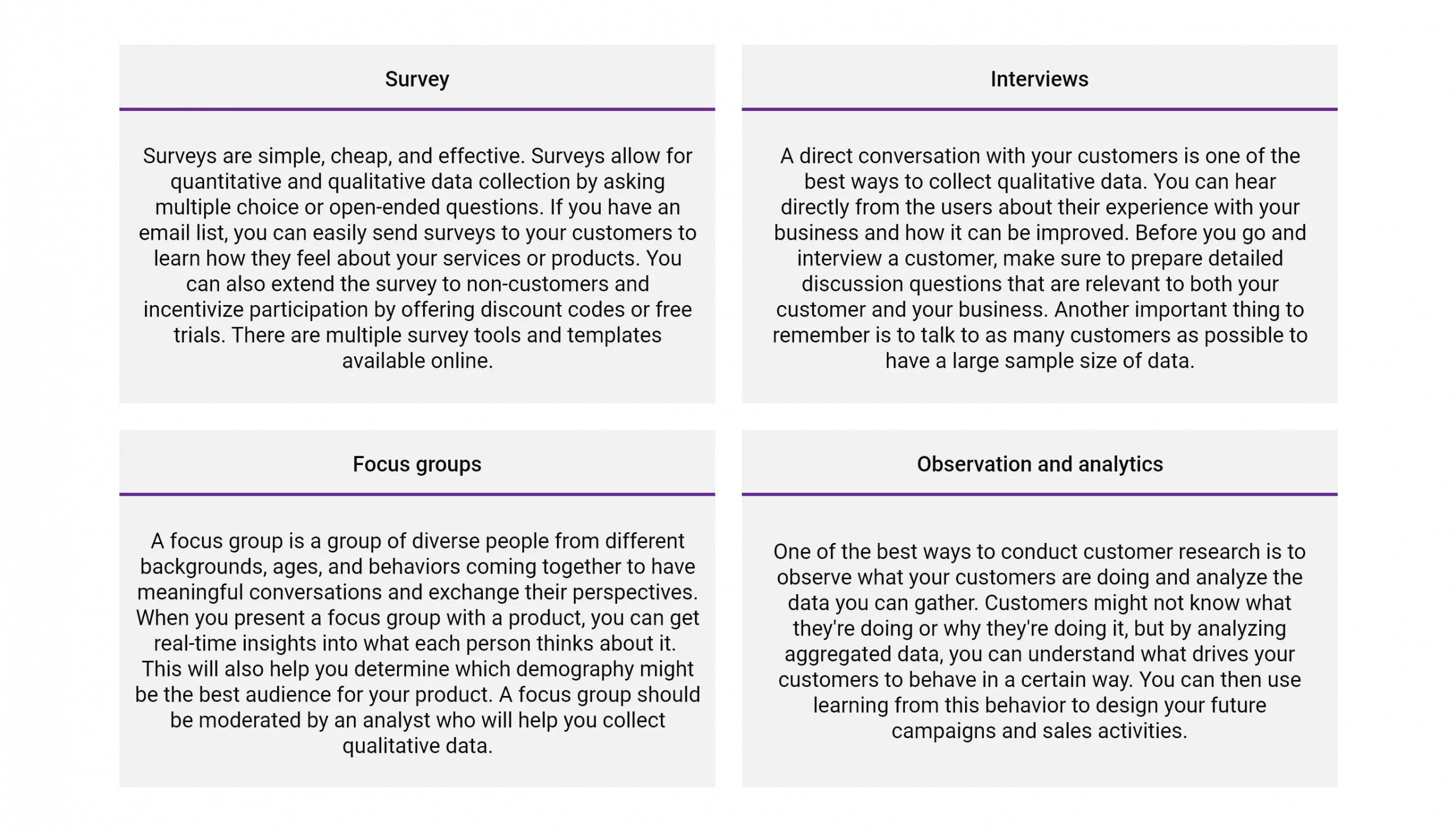
Customer Research Application
Now that your research is done, it’s time to analyze and act. Customer research data can be used by different departments in a company to improve their business processes in the following ways:
Marketing
Customer research data can help the marketing department understand customer preferences, behaviors, and opinions about their brand, product, or service. This information can be used to develop more targeted marketing campaigns and improve customer engagement.
Sales
Customer research data can help the sales department identify customer needs, pain points, and buying behaviors. This information can be used to develop more effective sales strategies, improve customer relationships and close more deals.
Product Development
Customer research data can provide valuable insights into customer opinions about the company’s products. This information can inform product development and improve the overall customer experience.
Customer Service
Customer research data can help the customer service department understand customer needs and identify areas where the customer experience can be improved. This information can be used to develop more effective customer support strategies and improve customer satisfaction.
Operations
Customer research data can help the operations department understand customer needs and preferences and identify areas where business processes can be optimized to better meet customer requirements. This information can streamline operations, improve efficiency, and reduce costs.
Different departments can work together to improve the overall customer experience and drive business growth by utilizing customer research data.
Conclusion
When it comes to customer research, there are a lot of different approaches you can take. But to maximize your chances for success, follow these five essential steps: define your goals, identify your target market, choose the suitable research method, collect and analyze your data, and use your findings to improve your business. By following these simple tips, you can set yourself up for success and ensure your customer research is as effective as possible.



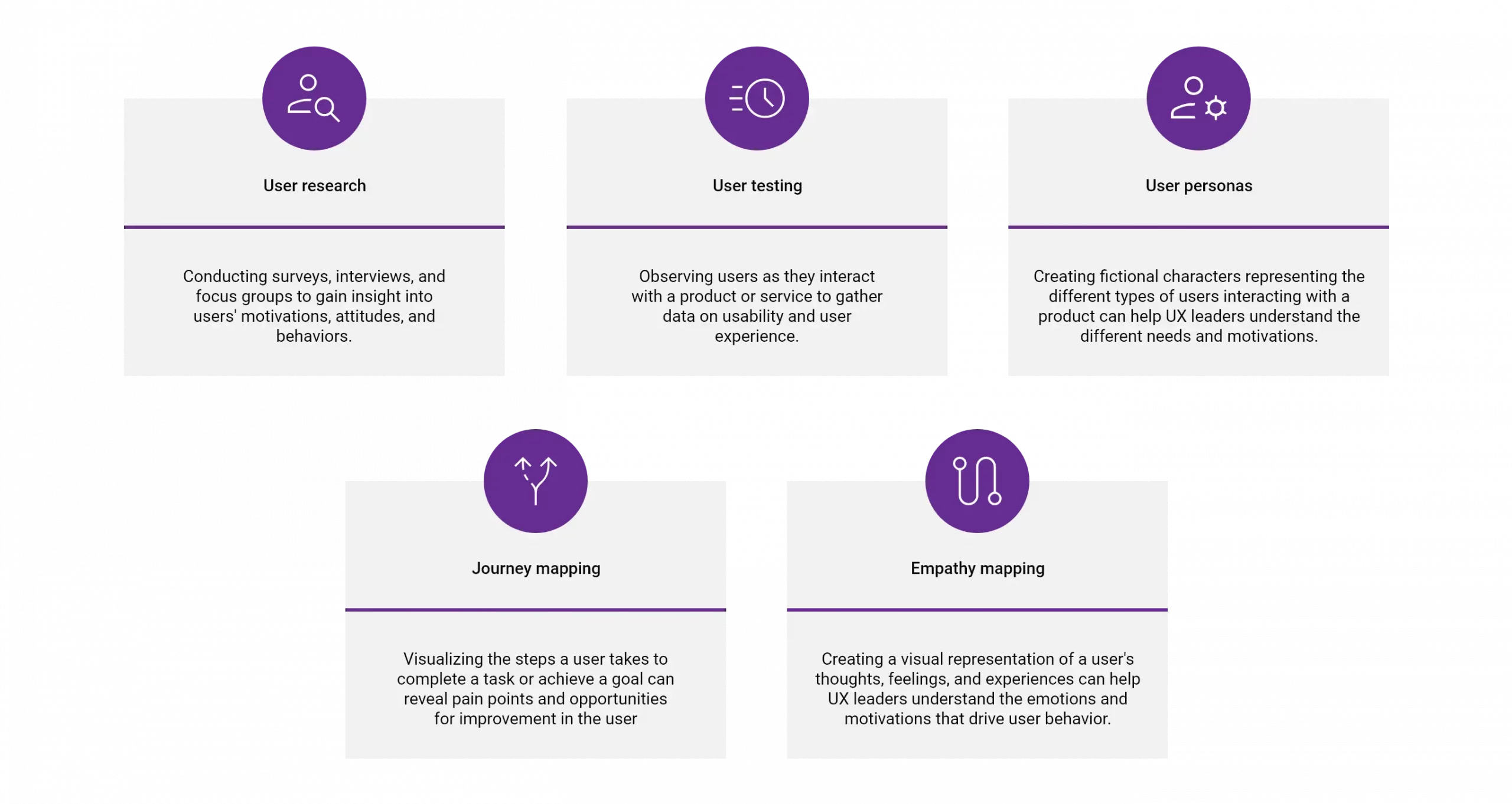

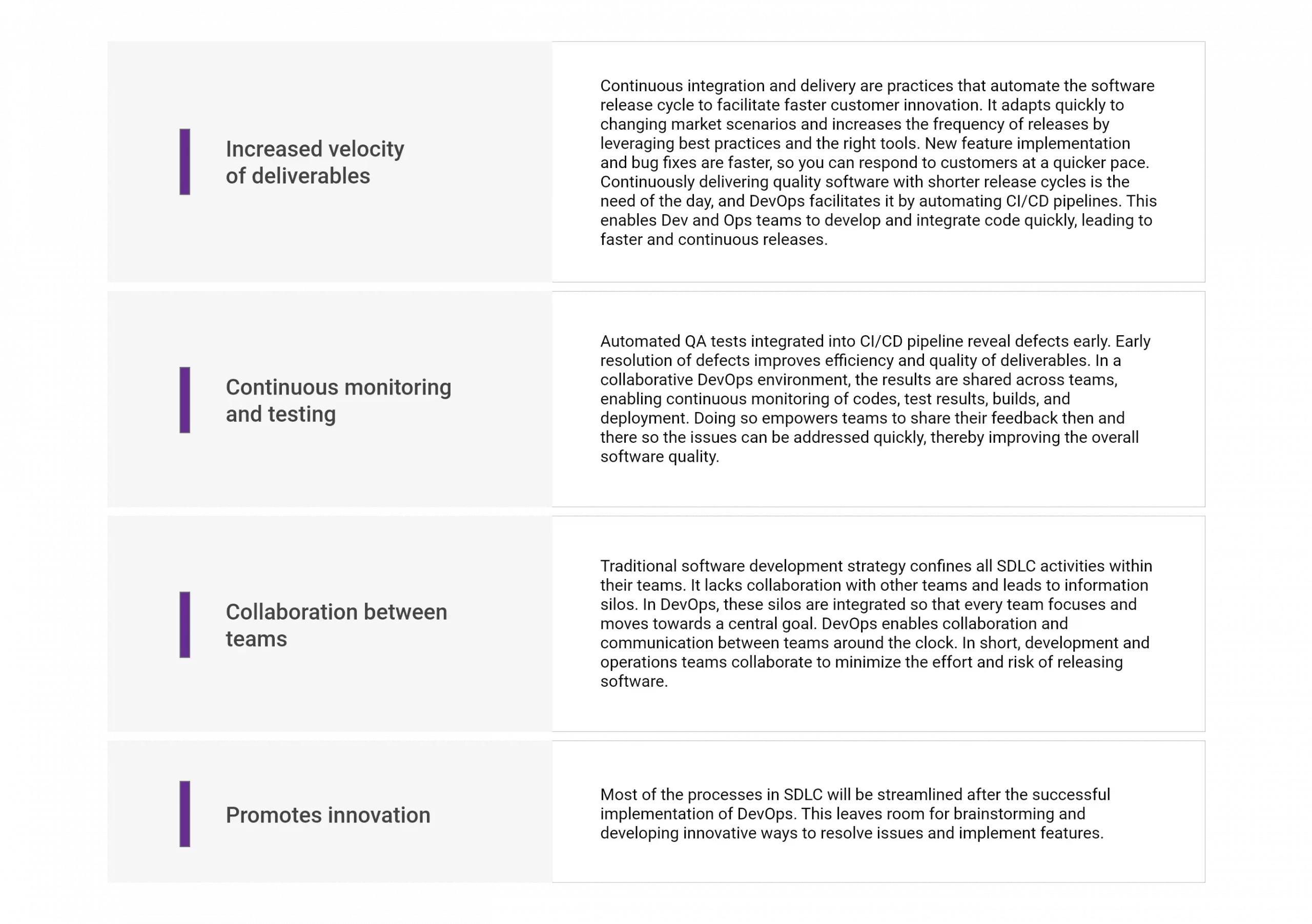



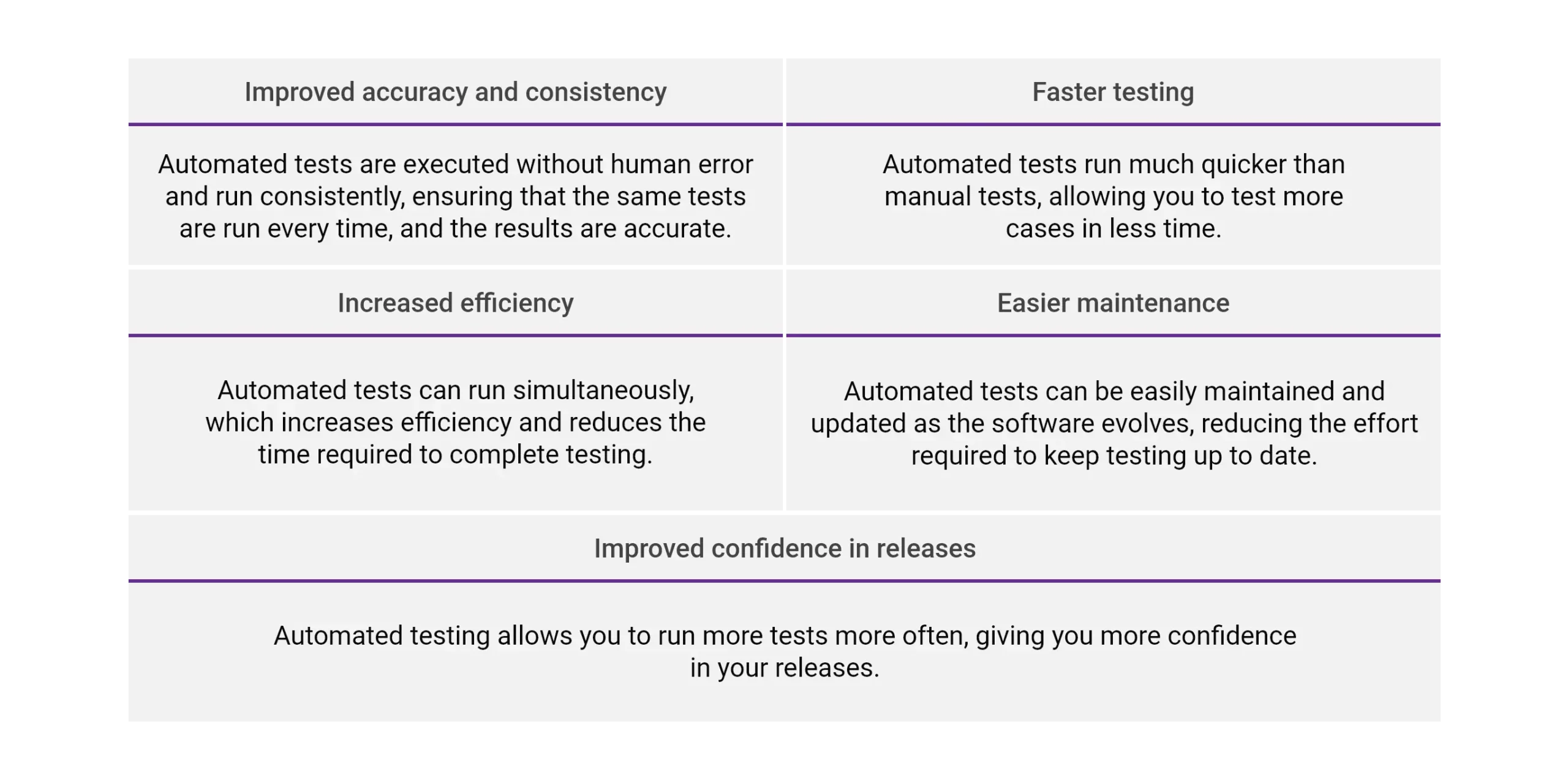





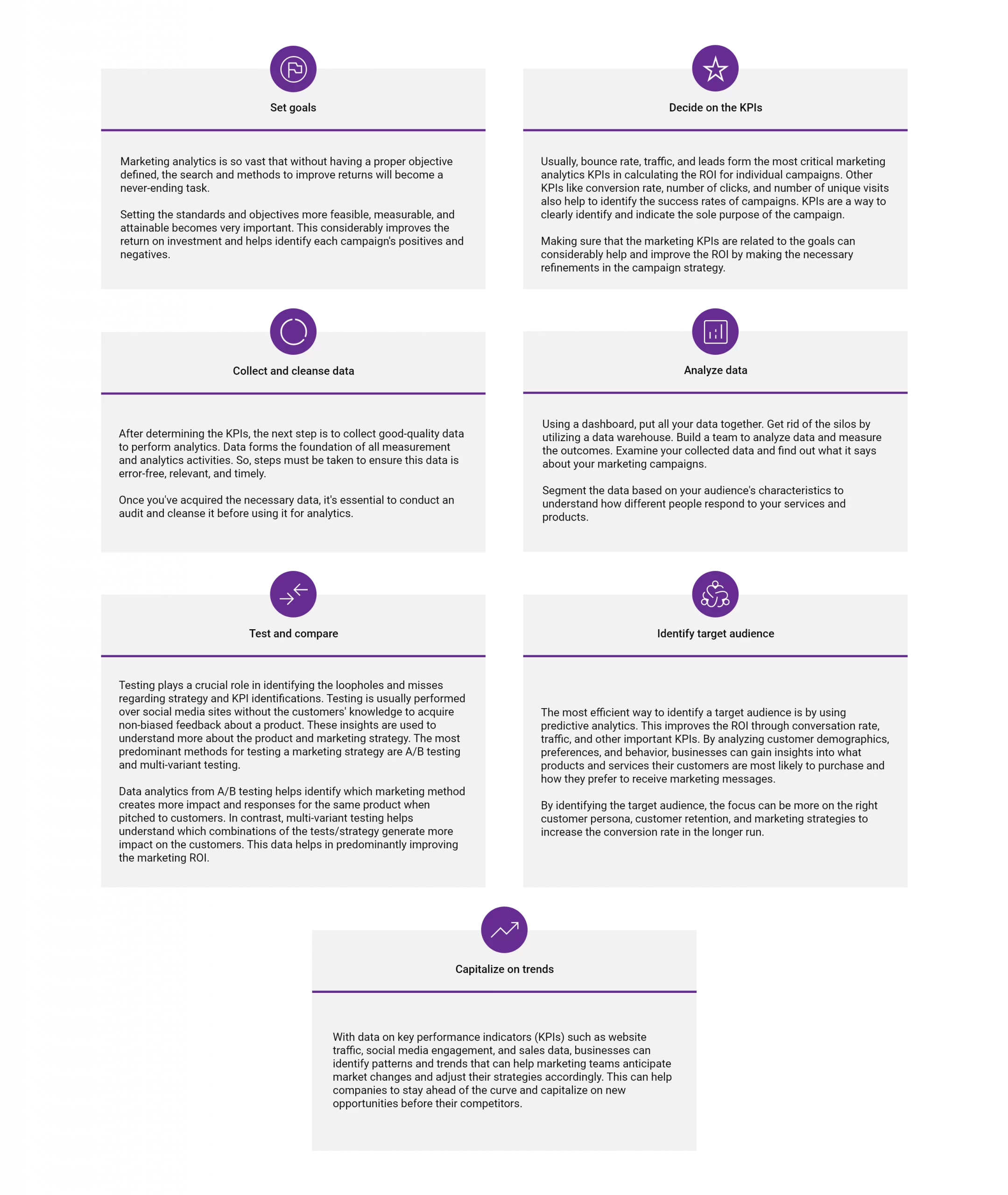








Recent Comments